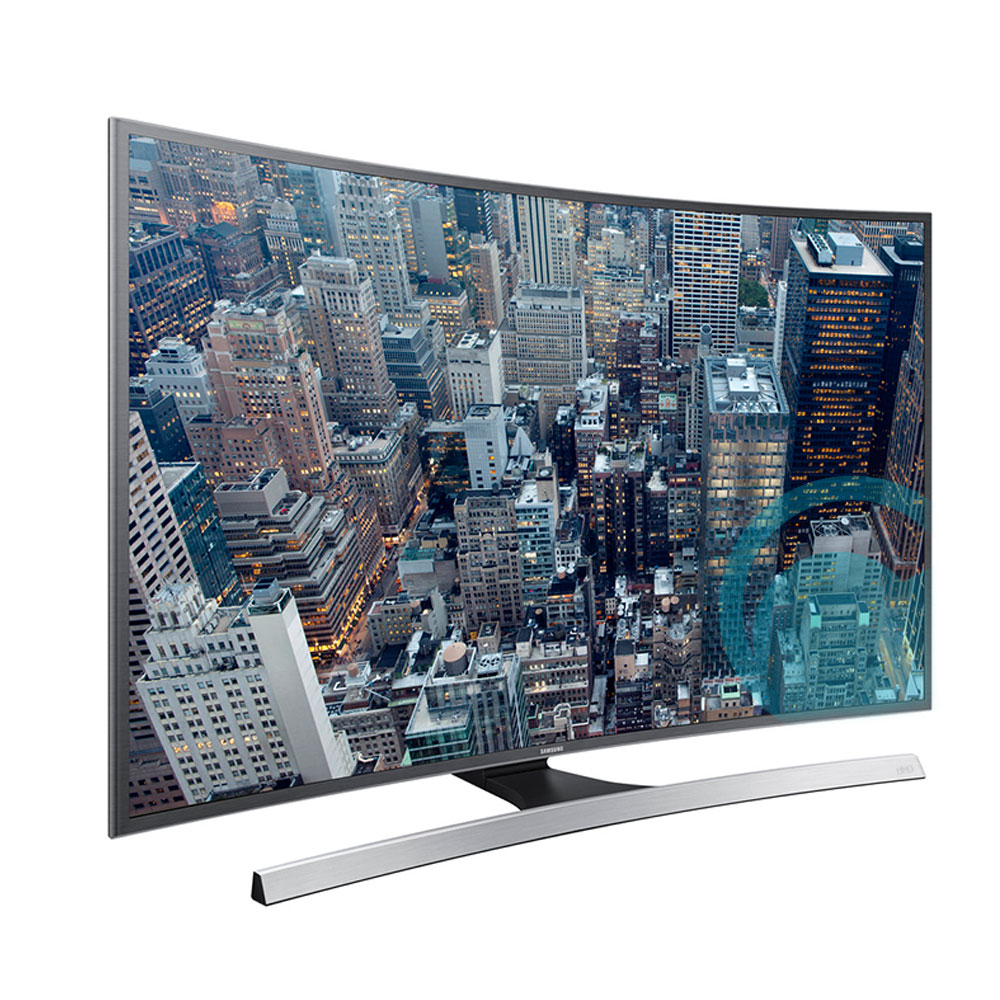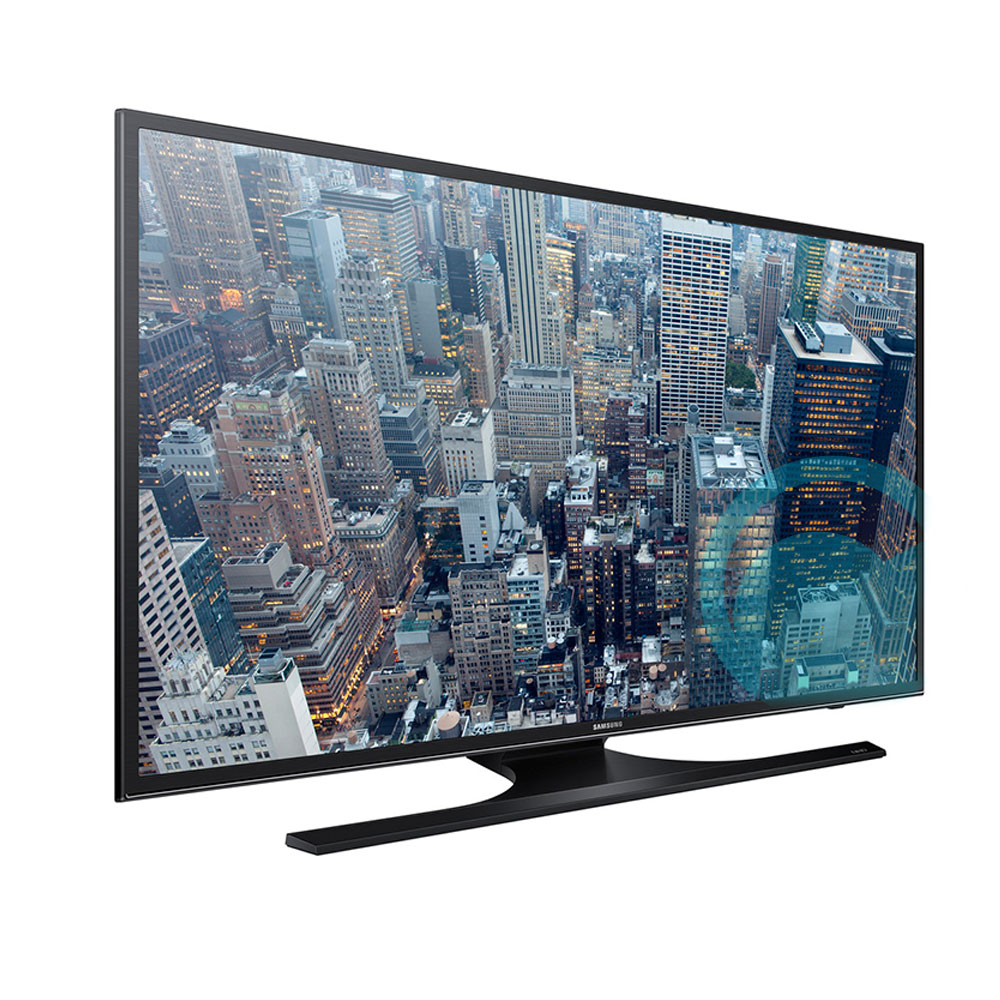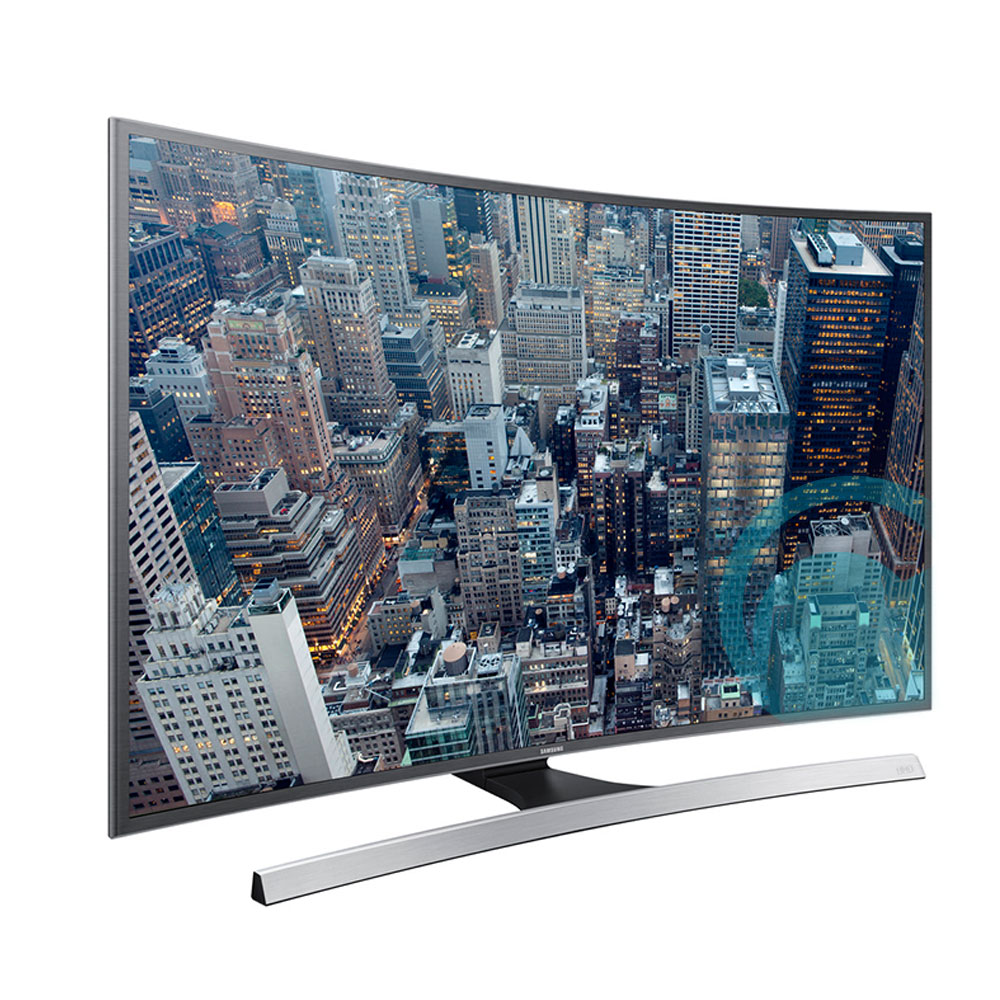
Full HD, Ultra HD, Curvy and Smart! Oh my!
Ever since television was invented, almost every household became aware of it’s contribution to everyday life. In the beginning, however, it’s purpose generally wasn’t focused on providing the viewers with entertainment or commercials, as is the case today; and back then the endless choices of channels and programs were quite an inconceivable notion. The whole point was to simply enable people of all ages to be well-informed of the local as well as international happenings in a more quicker and organized manner.

Nowadays, you simply cannot picture a home without one of these sophisticated electronic devices that offers you a complete high-definition audio-visual experience that’s just bursting with colours, sound and clarity. We’re so accustomed to it right now, that we cannot even begin to fathom what our lives would be like if we weren’t able to see the rest of the world on our TV screens.
Anywhere you turn this technology has become an essential part of our leisure and work, so the only thing that is left for us to do is to compare televisions, understand the differences and see what type can suit our individual needs best.
Full HD
Since we’re delving deep into comparison, the main thing that sets each type apart is video quality and resolution. HDTV, for instance, provides a screen resolution of 1920×1080 pixels with progressive scanning (1080p). This is much superior to interlaced scanning because it has less deviation, or displacement of signal pulses in a high frequency, so it consequently portrays objects better that move diagonally and vertically.
This particular improvement can be noticed during high-speed scenes, or fast-moving images. Also, progressive scanning is required for TV sets that use either micro, plasma, or liquid-crystal displays, which are without a doubt a perfect choice for your own home theater system.
Ultra HD
Now, since home theater system is mentioned, you can go over the top and get yourself an even more clearer image quality that’s moving like liquid.
Compared to the Full HD type of display, UHDTV is twice as sharp and when you do a little bit of simple mathematics, the screen resolution jumps to a whopping 3840x2160pixels (2160p). You get so much detail with it, that you can sink into any pore you see on someone’s face.

3D
This one is for the movie lovers, because a third dimension is integrated in the whole audio-visual experience. 3D TV offers a sense of depth, but the only requirement to fully enjoy it are the 3D glasses, of course. However, it’s not common practice to own a 3D TV at home, this type of display is usually reserved for the cinemas, but 3D compatible Blu-Ray players can do you justice if you ever wish to skip sitting in rows and listening other people eat their popcorn out loud.
Curved TV
This is an embodiment of modern technological advancement and it’s a relatively new product on the market. It offers a completely different viewing experience, because distortions and reflections on the sides of the screen are immensely reduced, especially in extreme angles.
 It’s futuristic look, specifications and state-of-the-art technological design makes it one of the most demanding additions for the living room these days.
It’s futuristic look, specifications and state-of-the-art technological design makes it one of the most demanding additions for the living room these days.
Smart TV
Young people will particularly love this one! This is what can be considered a combination between a computer and a television. Once you connect your Smart TV to your Internet, you can get access to all sorts of online content. Subscribe to on-demand streaming media (like Netflix, or Quickflix), open up a few accounts, surf the Web and connect with Smart TV apps, too. With this type of television, you’ve got so much freedom and power, you won’t have to worry about spending one dull moment any longer.


